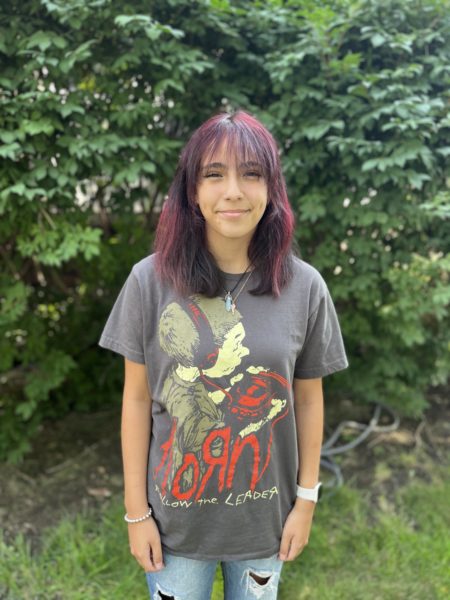The classroom is flipped, but I’m still learning

The flipped classroom has been changing instruction at RB. Because students in Jame Holt’s AP Environmental Science class watched his lecture and took their notes for homework, they can spend their class time doing water quality testing.
January 10, 2014
What is a flipped classroom? Well, in case you missed Clarion’s report last year, it’s a class where notes are taken at home as opposed to in class, so that in-class time can be spent on labs, projects, and discussions. Currently RB is host to a few flipped classes: AP Environmental Science and AP Biology. with AP Environmental Science, here’s a brief overview of the good, the bad, and the not-so-different of the class.
Notes are primarily taken through youtube videos, assigned sporadically depending on what’s going on in the class. Usually the videos are 10-15 minutes long, so they don’t take very long to watch. You’ve also got the advantage of being able to pause while you write, or to skip past information you already know. They’re also still going to be there if it gets to be AP test time and you can’t decipher your handwriting! After you watch the videos, there’s a google survey you take that basically asks you to summarize what you just watched, to ask any questions you may have, and to rank how confident you feel about the material. This is actually helpful, because it really forces you to think about what you copied down.
So that’s the good. What about the bad?
Well, being able to take notes obviously is technology dependent. So if your computer or other device with Internet service isn’t working, you’re going to have to scramble to find somewhere else to watch the notes. You also miss out on being able to immediately ask questions, and on all those mnemomics that tend to show up during class. You probably have experience with some of these- when someone makes a comment about the lesson that’s so stupid/funny/random that you’ll never forget it. And if you’re the type of person who doesn’t do homework or always forgets about it, you might be in the dark for some time.
All the time in class that is not devoted to notes is usually spent on activities or labs. Instead of being homework, much of this is done in class, where you can ask the teacher or a classmate for help. Sometimes the activities require materials that are set up in the classroom: posters, beads, goldfish crackers, etc. Others are just worksheets that can be done anywhere, anytime. While it’s nice not to be swamped with complicated, confusing homework, there are certain problems. Maybe you’re the person who just can’t concentrate in a room with thirty other students. Maybe it takes so long that you end up with homework anyway. And as for class discussions, that depends on how willing to discuss the students are.
Overall, then, are flipped classrooms an improvement over normal classes?
Actually, they’re not that different from normal classes. Although the typical format is slightly different, it’s not set in stone. You will still get normal homework, and you will still take normal notes every now in then. So if you’re going to take a flipped class just for the change, you might be disappointed. If, however, you’re interested in the material itself, the class will be worth it.


